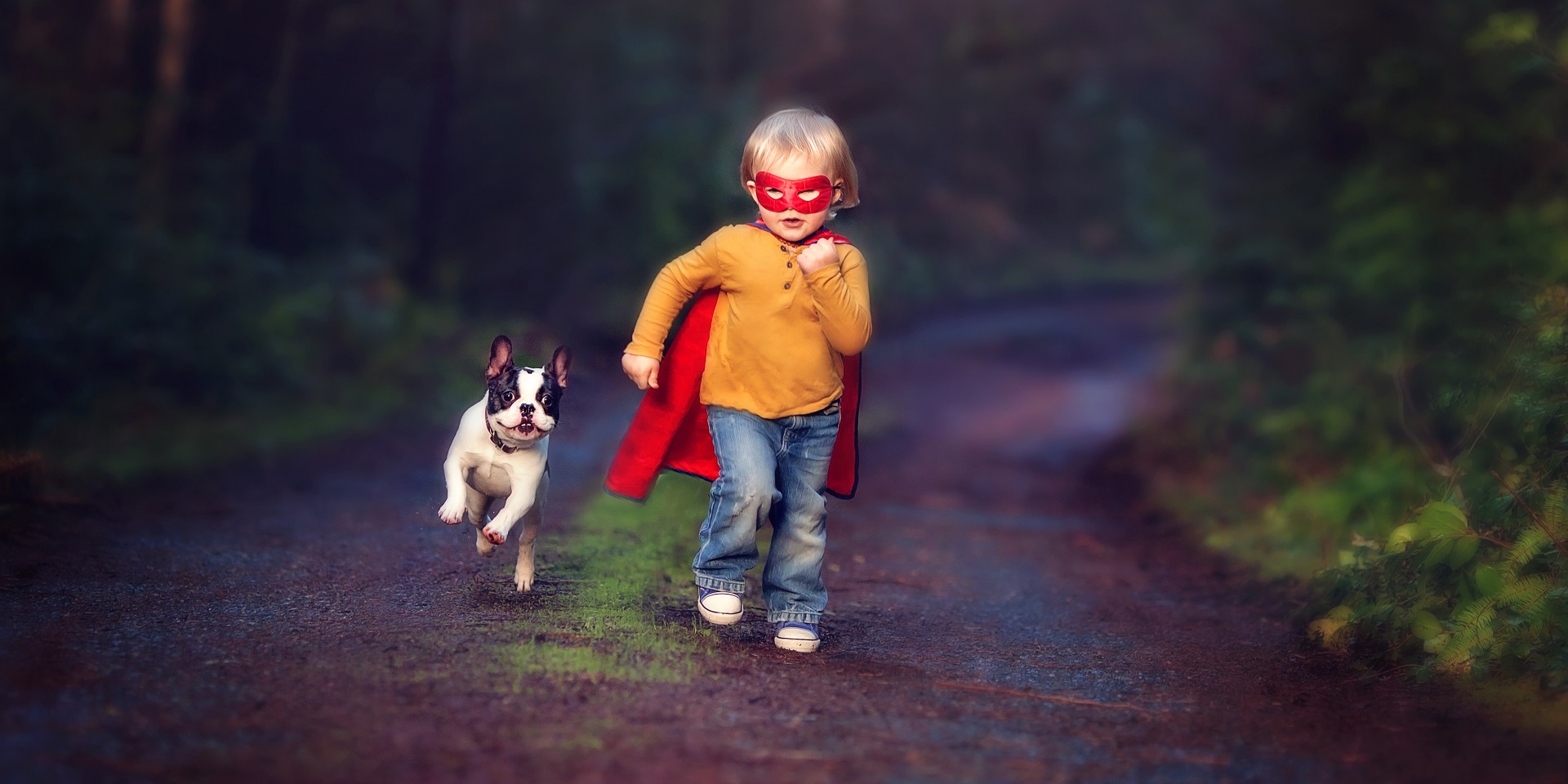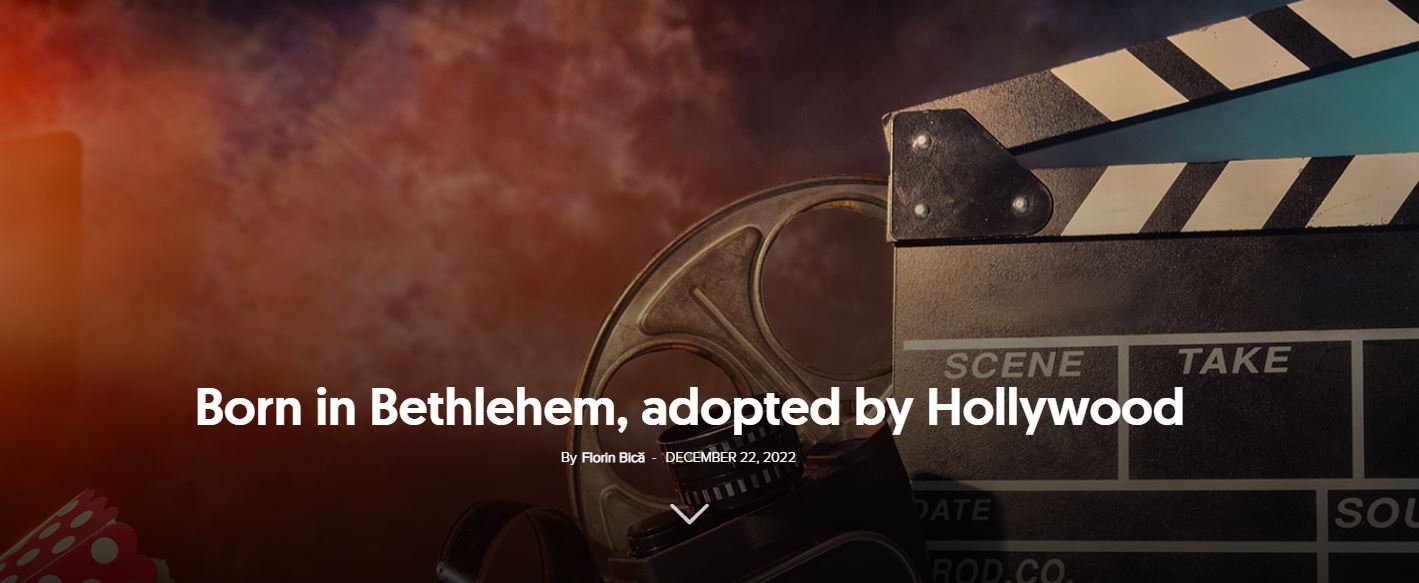Starting with biblical stories, moving on to myths and legends, and finally reaching the contemporary film industry, people have always been fascinated by heroes. But what makes us look for heroes? What do modern heroes look like and what do they mean to the contemporary world?
The etymology of the word “hero” has to do with ancient Greece. For the Greeks, the hero was a mortal who managed to overcome their human condition through a deed or a series of deeds, and left an immortal memory behind them. That is why the Greeks believed that heroes deserved the same adoration that they gave to the gods.
Many of the early Greek heroes earned this status through the benefits they brought to mankind. This is the case of Hercules, the most famous hero in Greek mythology, unsurpassed in strength and bravery and who, after death, was accepted among the gods, thus becoming immortal. It was also the case of Asclepius, the first god of medicine, whom mortals considered a hero because of his ability to relieve pain.
Others have gained fame and public adoration by performing acts of bravery on the front lines, travelling in space, and risking their lives, or dedicating their careers to helping the poor and disenfranchised. Sometimes they make the news, other times the acts of bravery go unnoticed. In this sense, people like Martin Luther King Jr. and Neil Armstrong have much in common with the popular characters of ancient Greek mythology.
We need heroes to teach us, to captivate us with their rhetoric and deeds of bravery, to inspire us to become better. But what makes the reader or viewer thirst for a hero? What exactly is it, from the depths of the human being, that generates the need for a character to save the world? What is the portrait of a hero?
The portrait of a hero
Although personal preferences regarding heroes differ, people have a similar perception of the attributes they should display. Frank Farley, psychology PhD, made a portrait of the hero, which he called the 5-D model, from the initial of each defining feature. According to him, a hero is characterised by a Determinant trait, by Depth, by a Domain in which they are successful, a Database with the help of which we find relevant information about them, and by Distance, i.e. the feeling that they are intangible.
An analysis of the determinant traits of the hero shows that there is a core of common traits that have shaped the portrayals of many characters over time. In the book Heroes: What They Do and Why We Need Them, authors Scott Allison and Al Goethals identified eight such character traits. Thus, heroes must be: smart, strong, resilient, selfless, caring, charismatic, reliable, and inspiring.
As for the second component of the model, depth, this refers to an almost superhuman ability to withstand crisis situations and successfully overcome the most difficult problems. This attribute is, according to the author, what makes the distinction—in the eyes of the reader or the viewer—between celebrities and heroes.
The third component of the model, the domain, brings into discussion the expectations that the audience has from certain professions, which have a higher potential to create heroes. An opinion poll quoted in the above-mentioned book revealed that the domain that provides the most heroes is the political one, followed by the entertainment industry (actors who have embodied legendary characters become heroes by association with those characters), and the family sphere (the maternal or paternal role model whom the children imitate, but also a grandfather, a war veteran). Personalities belonging to the religious field came in fourth, followed by personalities from the military, science, sports, and arts.
Another component of a hero’s portrait relates to the means (data) by which a hero can be known and understood. The heroes of the past could be known in history textbooks and in literature books, thus becoming symbols of the collective imagination. Robin Hood, Zorro, or Superman are names that people recognise and identify with the notion of a hero.
The way heroes are reflected in the mass media or social media says something significant about the culture they belong to, according to Psychology Today.[1] American and, in a broader context, Western heroes tend to be individualistic and take more risks, in the life situations in which they find themselves. On the other hand, Asian heroes, especially those from China, are conservative, traditionalists, and do not deviate from social strictures.
The last feature of a hero’s portrait is the distance from the audience. This is a mythical quality of heroes, which makes them inaccessible and isolated from the rest of the people. The separation can be physical (Batman’s headquarters is a real technological fortress) or as a result of the reluctance of the masses, arising from the respect and fear of the adored one.
Movie heroes
Beyond ancient myths and legends, Western society has managed to build a plethora of heroes with the help of the multi-billion-dollar movie industry. An analysis of the top-grossing movies of 2008-2011 reveals some interesting things about the popular hero type.
The most beloved hero of 2008 was Batman, from the movie The Dark Knight, a complex hero who finally manages to fight off the villain, the Joker. Still, Batman is a hero who, sometimes, does not overcome all the challenges, letting it be understood that even a hero can fall. Unlike others, Batman does not possess supernatural powers, but what captivates people about him, instead, are attributes such as sharp intelligence, detective skills, and an extraordinary will to tirelessly fight against criminals.
The hero of 2009 was Jack Sully, the main character in the super-production Avatar. The hero gives up the assigned mission to fight alongside the native race, against humans. The avatar through which Sully arrives in the colony is the projection of an ideal self, which travels an initiatory path that radically transforms him. Sully not only fights against his own race, but manages to become one with nature and return to an Edenic state by connecting with a higher force.
In 2010, the favourite hero of the public was the robot Buzz Lightyear, one of Andy’s toys. The success of the movie Toy Story 3 was due to several factors, including the fact that the negative characters had a less important role. Instead, without excelling in terms of courage or extraordinary powers, Buzz is the type of hero who overcomes his condition, breaks out of his environment, and manages to find his purpose elsewhere. In the end, all the toys end up with a little girl who takes care of them in Andy’s absence.
Harry Potter, probably the most popular hero of today’s children and teenagers, occupied the first place in the list of preferences in 2011. The young man is a complex character, whose main asset is the ability to produce magic, in an ordinary world with common problems. At the same time, Harry is an orphan, who was forced from an early age to be independent and make his own decisions, which explains the anger, arrogance, and free spirit he sometimes shows.
Heroes—the good and the bad
Therefore, the world of modern heroes has not only changed in terms of the actions they take, but also the abilities they have. Today’s heroes are defined more by what they are, less by what they do, and the stories themselves are structured around the experiences of these heroes. The public questions biblical miracles, but is thrilled with wizards—hence the success of the Harry Potter films. However, unlike legends, modern heroes are no longer helped by (demi)gods, and God is completely absent.
What modern heroes have in common are qualities such as loyalty and courage, but also a character that rejects materialism and promotes resistance to evil (even if this evil is described as crime, hatred, torture, or lies). At the same time, the positive characters “show compassion for the weak, the persecuted, the oppressed and the suffering,” as the American author Richard Abanes, a specialist in socio-religious issues, puts it.
Batman’s inner conflict, that sometimes makes him vulnerable, brings him closer to the viewer. In Buzz Lightyear we see and enjoy the success of a person who is searching for his own way. In Jake we find the desire to return to the Eden of Adam and Eve after the fall into sin. However, the influence of movie heroes is not only for the good.
The high level of violence makes a significant number of psychologists see three of the previously mentioned cinematographic productions in a bad light. Heroes who are aggressive are bad role models for young people, according to Sharon Lamb, PhD, Professor of Counseling Psychology in the Department of Counseling and School Psychology at UMass Boston.
“Today’s superhero is too much like an action hero who participates in non-stop violence; he’s aggressive, sarcastic and rarely speaks to the virtue of doing good for humanity. When not in superhero costume, these men, like Ironman, exploit women, flaunt bling and convey their manhood with high-powered guns,” Lamb said in a 2010 presentation at the 18th Annual Convention of the American Psychological Association.
Apart from violence, the heroes of popular movies of the moment also promote ambiguous beliefs. For example, Jack renounces his people to devote himself to a world where people live in tribes, are hunters, believe in spirits and in a deity called Eywa (Mother of All), described as a web of energy and the sum of all living beings. The scenario clearly distances itself from the episode in Genesis, where God was present, both in Eden and after, being rather the result of a syncretism of oriental, mystical beliefs.
Furthermore, the omnipresent magic in the Harry Potter movie enhances the influence of the ambiguous beliefs of modern Western society. The magic of Harry Potter and the inferior spirituality of the Na’Vi tribe lead the audience from a reluctant conception to a blind fascination. The occult becomes not only something pleasant and accepted, but also something desired. This explains the £146 million profit following the sale of the Harry Potter books, despite children’s declining interest in reading.
What do heroes reveal about the society we live in? If ancient heroes were connected and dependent on a superior force, a god, today the concept of heroism is often linked to secular morality. This is the opinion of Scott LaBarge, philosophy and classical literature Phd. Heroes teach us that we can be brave, honest, strong, but by our own strength. But what happens when the movie ends?
The “Messiah Complex”
Hollywood began to promote a religion of heroism. On the one hand, screenwriters create characters who suffer from a messianic complex.[2] The film critics on the American website Movie Guide drew a parallel between the subject of the movie The Avengers and several elements specific to Christianity, including sacrifice, repentance, and salvation. “As such, the theme of sacrifice is part of a narrative structure that reflects the ‘greatest story ever told’—the story of Jesus Christ’s birth, teaching, suffering, sacrifice, death and resurrection,” the authors say.
However, the claim of the Movie Guide critics is contradicted by Dr. Stephen Diamond, clinical psychologist and author of Anger, Madness, and the Daimonic: The Psychological Genesis of Violence, Evil and Creativity. He states that heroes are not the only ones who suffer from a Messiah complex, but all humans. However, when the desire to “save the world” is influenced by a trauma, such as the loss of a parent or abandonment (the case of many modern heroes), the complex causes chronic frustration. This leads the hero to want to save the world to compensate for psychological deficiencies, not out of altruism. In this sense, the difference between the real Messiah and modern superheroes is obvious.
On the other hand, the representation of Jesus in recent films, from the 20th and 21st centuries, turned the Son of God into a Super-Messiah, under the influence of the hyper-masculine portrait of modern superheroes. Writing about modern hyper-masculine heroes, director Kevin Alexander Boon observes that they are portrayed as aggressive in order to appear “near-gods”. The Jesus Christ from The Passion of the Christ, directed by Mel Gibson, is a Jesus so physically strong that he is able to withstand excruciating physical pain, of such violence that it drew much criticism of the film.
Jesus Christ was not and can never be a superhero. Hollywood heroes are vulnerable, traumatised, motivated by the wish to solve their own problems, who find only partial solutions (if it weren’t so, what would be the point of sequels?). Embodied according to the model of modern heroes, Jesus Christ would be a saviour incapable of saving us and offering us an eternal solution. But several of Jesus’ biblical features fundamentally tell Him apart from these heroes, indicating that any attempt at comparison is derisive and superficial from the start.
How could this be any different, since Jesus Christ is not only the best, but perfect? He not only stands for the truth, but He is the Truth (John 1:14). Perhaps the most important difference is that Jesus has the power to defeat death (not just His own, but death in the absolute sense)—a success story that absolutely no superhero can boast about.




















